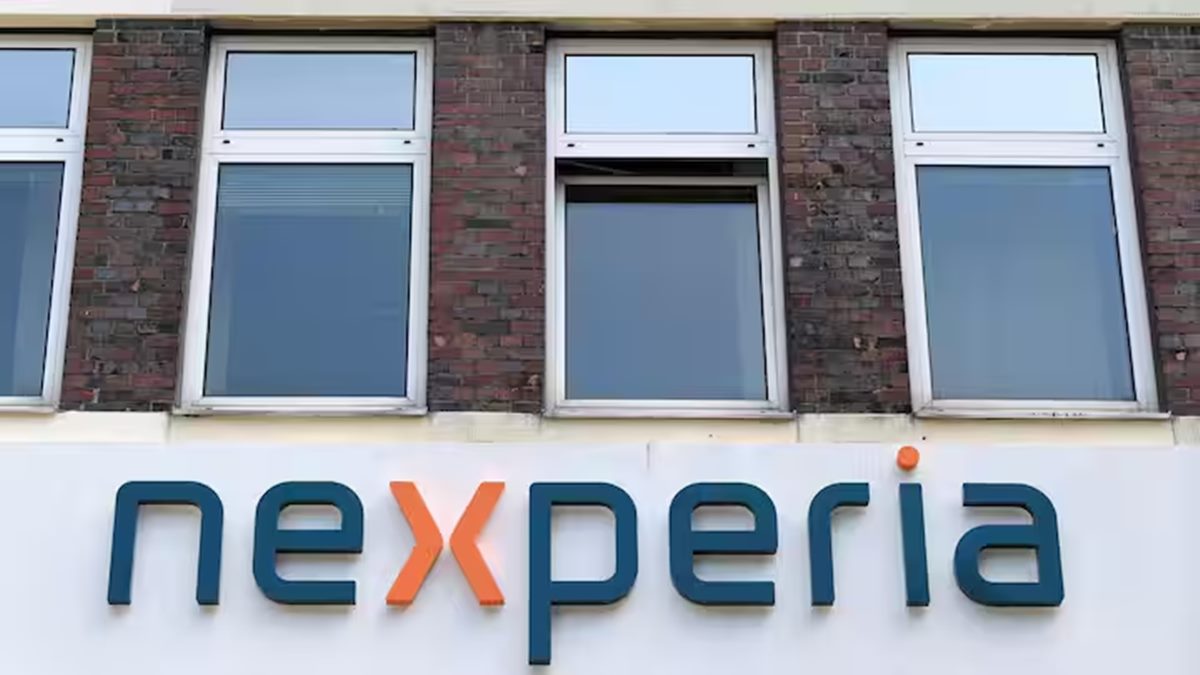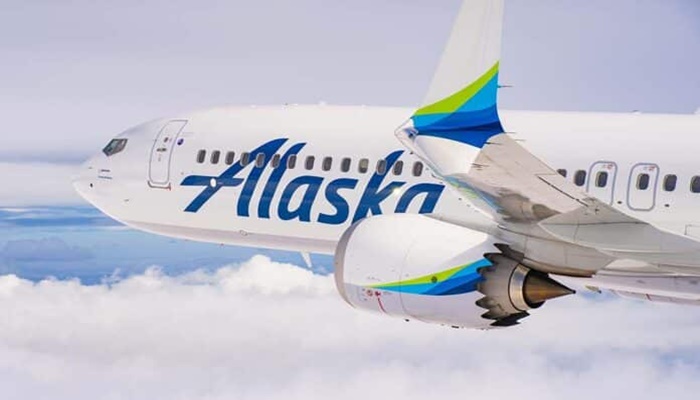Breakdowns in communication don’t just lower employee engagement—they erode morale and accelerate turnover. New research from Staffbase reveals that 58% of employees who are considering leaving their jobs cite poor internal communication as a contributing factor. For frontline workers, the problem is even more acute: Only 10% of non-desk employees report being very satisfied with the quality of internal communication they receive.
Alaska Air Group faced this exact challenge across its 30,000-person workforce spanning pilots, flight attendants, ground crews and corporate staff. Their solution offers a compelling blueprint for HR executives grappling with similar communication gaps in distributed organizations.
Custom engagement for a distributed workforce
Before implementing its new communication strategy, Alaska Airlines struggled with what David Henrich, senior manager of communications operations, describes as a “one-size-fits-all” approach that wasn’t “customized to different workgroups.” The airline relied on a fragmented mix of emails, bulletin boards and legacy intranet systems.
Though Henrich himself had originally built this engagement ecosystem, he felt it left frontline employees—the majority of Alaska Airlines’ workforce—consistently underinformed.
“We had created a news app, but it was hard to maintain,” Henrich explains. Past COVID-related disruptions and subsequent growth periods only intensified these challenges, creating communication gaps that he felt threatened both operational safety and employee retention.
The broader research confirms that Alaska Airlines’ experience wasn’t unique. According to Staffbase’s 2025 Employee Communication Impact Study, 40% of non-desk workers say communication at their company is “only fair” or “poor,” compared to just 20% of desk-based employees. This gap matters—82% of employees who rate communication as “excellent” plan to stay with their company, but that number drops to just 22% among those who think it’s “poor.”
A strategic approach to employee engagement
To align its employee engagement strategy with its business needs, the airline decided to revamp its internal communications approach, replacing legacy tools with a centralized, mobile-first platform powered by Staffbase.
Rather than implementing a quick fix, Alaska Airlines took what Henrich calls a “deliberate and slow-to-go-fast” approach. The transformation timeline spanned from the January 2023 kickoff through the July 2023 pilot launch to the August 2023 full deployment—a measured pace that prioritized employee buy-in over speed.
“We didn’t flip a switch—we didn’t want to disrupt business,” Henrich notes. Instead, the team used surveys, focus groups and beta testing to create what he describes as a “soundproof” implementation that didn’t leave employees disappointed. They gradually reduced the use of the legacy system while incentivizing adoption of the new platform, ensuring “employees and leaders knew each step was coming—no surprises.”
This approach directly addresses one of the key findings from the Staffbase research: Clear, consistent communication during change initiatives strongly correlates with employee satisfaction. When employees report that leadership communication is very clear, they’re three times as happy in their roles compared to those who find communication unclear.
Remarkable results across all employee segments
The results exceeded all expectations. Alaska Airlines achieved a 99.5% adoption rate within months of launch, surpassing the internal goal of 50% adoption by the first year, according to Henrich. Even more satisfying was 98% positive employee feedback at launch, including widespread buy-in from traditionally hard-to-reach frontline workers.
“People had a positive reaction,” Henrich observes, crediting the careful planning phase and gradual implementation strategy. This is largely due to the work of the people behind the rollout. While the platform is essential, he says, “don’t force the tech to do everything.”
The success extends beyond adoption metrics, says Henrich. The centralized, mobile-first platform now enables real-time communication across all employee segments, supporting safety-critical updates, crisis messaging, regulatory compliance and employee experience initiatives.
For an industry where communication gaps can have serious operational and safety consequences, this represents a fundamental improvement in organizational capability, according to Henrich.
Employee engagement success factors for HR leaders
Henrich says that several elements made Alaska Airlines’ transformation particularly effective for distributed workforces:
Phased implementation with continuous feedback
Rather than forcing immediate adoption, Alaska gradually transitioned employees while phasing out familiar channels. This approach reduced resistance and allowed for real-time adjustments based on user feedback.
Leadership communication clarity
Henrich says that getting leadership buy-in wasn’t difficult when he and his team explained the importance of effective employee communication. “When you see deficiencies, and the success of your business depends on it,” getting executive attention isn’t as hard, he shares.
Addressing the feedback gap
Henrich has been with Alaska Airlines for nearly three decades, holding roles in both the front line and back office. He had a sense of how to bring forth what he calls an “employee-centric and tech agnostic” concept.
Implications for safety-critical industries
Alaska Airlines’ success is particularly notable given the heavily regulated nature of airline operations. Henrich says the new communications platform supports regulatory compliance requirements while improving employee experience—proving that modern communication tools can enhance rather than complicate complex operational environments.
“Safety is paramount,” Henrich emphasizes. The ability to deliver critical safety updates instantly to all frontline staff represents a significant operational advantage.
The platform also addresses what Henrich calls the need for “living communications”—messages that feel relevant and foster a sense of community. This focus on connection is especially important in light of Cigna research showing that lonely employees are more likely to look for a new job, become distracted and arrive late compared to their peers. “We need to meet employees where they are—this is truly a game changer,” says Henrich.
Communication that scales
With the initial implementation successful, Alaska is now focused on further scaling the solution. The ongoing integration of Hawaiian Airlines employees following Alaska’s September 2024 acquisition presents an opportunity to extend these communication improvements across an even larger, more distributed workforce.
The airline is exploring how to leverage the platform for enhanced onboarding experiences, including what he describes as working on “new employee pages for orientation and training” and guides for the first year to help with employee retention.
“Now that it’s scalable, how do we use technology to solve more business problems?” Henrich reflects.




















